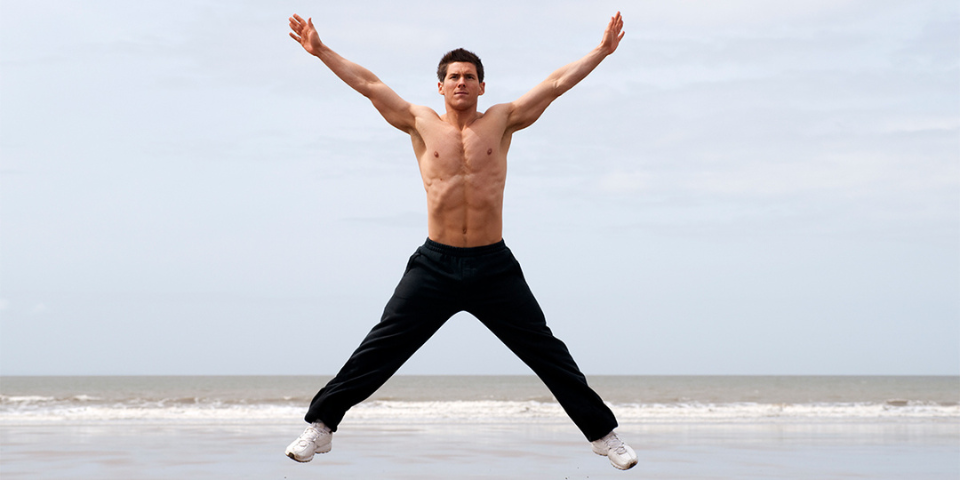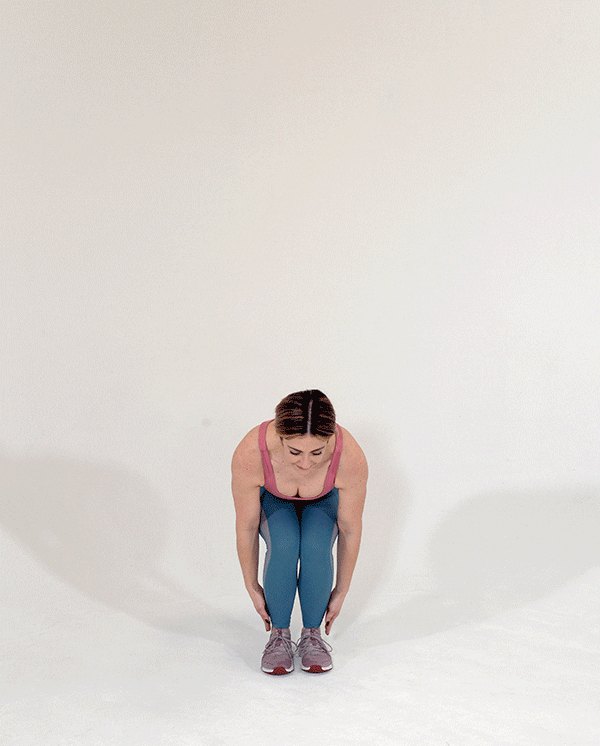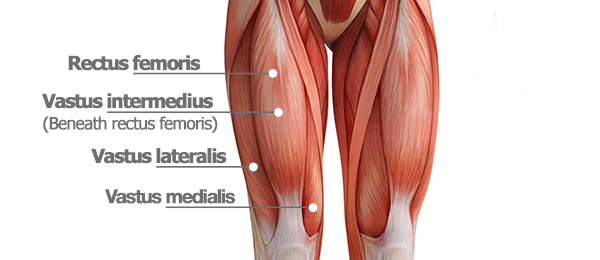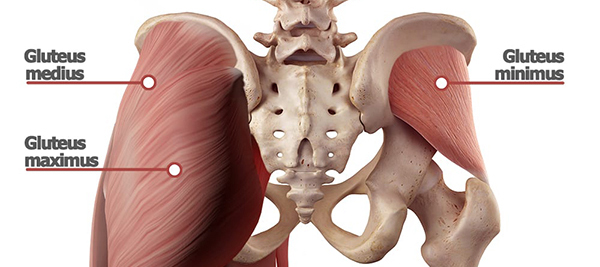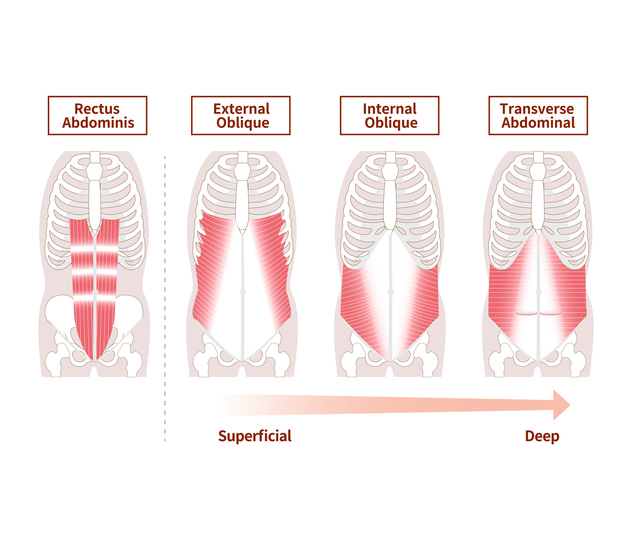Squats are popular for a reason. No matter which variation you choose, they not only help build a stronger lower body, but also fire up your core and increase range of motion when performed correctly.
Jumping jacks, too, deserve the esteemed reputation they’ve had with fitness since, well, forever. They build stamina, burn calories, and boost cardiorespiratory endurance.
What’s more powerful than these moves? Combining them. Welcome to squat jacks.
Squat Jack: Step-by-Step Instructions
- Stand with your feet together and your arms at your sides.
- Keeping your back straight and core engaged, push your hips back, bend your knees, and lower your body into a deep squat. Touch your hands to the sides of your ankles. This is the starting position.
- Explode upward, raising your hands over your head and jumping your feet out to your sides. Your body should form an “X” at the top of the move.
- Jump back to the starting position in one fluid motion.
Note: If you have joint issues or injuries that are exacerbated by jumping, avoid plyometric moves like this one until they’re resolved.
Benefits of Squat Jacks
“The squat jack is a great way to make the classic jumping jack more challenging, and can help you increase muscular endurance and explosive power, especially in your legs,” says Trevor Thieme, C.S.C.S., executive director of fitness and nutrition content for BODi.
What muscles do squat jacks work?
Thanks to the large range of motion required, the squat jack works three major muscle groups.
Quads: As you explode up from your squat, your thigh muscles will fire to propel you into the air.
Glutes: Same goes for your butt. You’ll engage your glute muscles each time you straighten your legs.
Core: Your rectus abdominis, transverse abdominis, and other core muscles will help maintain your stability, so you can generate more power.
Top Squat Jack Tips
Heed this advice from Thieme to master proper squat jack form.
- Keep your feet together at the bottom of the move.
- Touch the sides of your ankles each time you drop down into a squat. If you find that challenging, slow down.
- Make sure your back remains flat throughout the exercise. Rounding it will increase your risk of injury and low-back pain.
- Make sure to raise your arms as high as possible. People often “cheat” the move by bringing their arms up halfway. Not only does that reduce the intensity of the exercise, but the shortened range of motion also limits the move’s benefits to shoulder mobility.
You can also make the squat jack more challenging by going faster or adding a 180-degree turn each time you jump.

